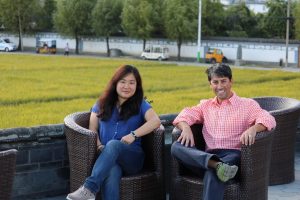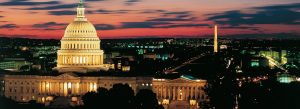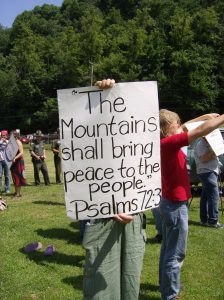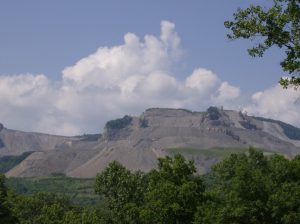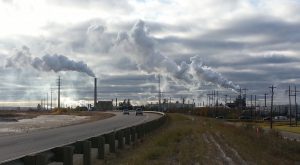The Middlebury School of the Environment (MSoE) begins a new chapter in Summer 2018. After four successful years developing its program in environmental learning and engagement on the main campus of Middlebury College in Vermont, we’re ready to launch the next step in our long-term development plan: developing an international dimension to its program.
This coming summer, the MSoE will be held in and around Kunming, China! The program will retain its traditional emphasis on interdisciplinarity, hands-on engagement, and leadership training. But now it will be focusing on the application of that emphasis in an international setting.
This represents a major leap forward for the MSoE, both in terms of its reach and its curricular focus. Much more can and will be written about the MSoE China curriculum in the coming weeks. But we want to first announce an important change in the program’s leadership.
A transition as momentous as the internationalization of the program and a move to China demands a transition in leadership that has expertise in the environmental issues and culture of China. We are extremely fortunate to have hired two environmental scholars as co-directors for the MSoE: Drs. Curt Gervich and Liou Xie, both on the faculty at the State University of New York (SUNY) at Plattsburgh.
Friends and alumni of the MSoE know Curt well, as he has been on the faculty of the MSoE since 2015, teaching both the Systems Thinking Practicum and Wicked Environmental Problems courses. He is an Associate Professor in the of the Center for Earth and Environmental Science at SUNY Plattsburgh where he teaches courses in environmental leadership, law and policy and sustainability, among others. Curt is trained as an environmental planner, with expertise in decision-making and leadership. His professional background includes developing habitat conservation plans in collaboration with the US Fish and Wildlife Service, training community involvement specialists at the Environmental Protection Agency in best practices for participatory planning, and serving as a researcher and planner for the International Joint Commission for Great Lakes Management’s Social, Political and Economics technical advisory group. His current research focuses on the use of games and simulations in professional and informal adult educational settings, environmental decision making and leadership in municipal policy networks; and best practices for experiential and applied learning environments. Curt has studied, lived, and worked across the United States and in Australia, Canada, China, and Mongolia.
Joining him as co-director is Liou Xie. Liou is an Assistant Professor of Geography and Environmental Studies at SUNY Plattsburgh where she teaches courses and conducts research in the fields of urban and economic geography, planning, sustainable transportation systems and communities, among other urban sustainability issues and solutions. Born and raised in China, she obtained her degrees from Beijing Normal University, the University of Hong Kong, and Arizona State University. Besides working in over a dozen cities in China, such as Beijing, Shanghai, Shenzhen, and Kunming, she applies her expertise in the local region by engaging in projects like writing comprehensive plans for Schuyler Falls, surveying service insufficiency and redevelopment potential around the Plattsburgh train station, and exploring employment challenges in the North Country. Liou is trained to use analytical and data visualization tools, such as GIS, CorelDraw, Photoshop and Sketchup in her research and teaching. She has several years of experience working with college students in international settings. She assisted a study abroad program at HKU which brought students to a rural area in Hunan province. She regularly takes her planning classes on a one-day field trip to Montreal. She teaches intensive courses on environmental management at a sister university in China.
We’re excited about what Liou and Curt will bring to the next phase of MSoE development, and we hope you’ll continue to check in on The Stream to read about what they have in store!!
